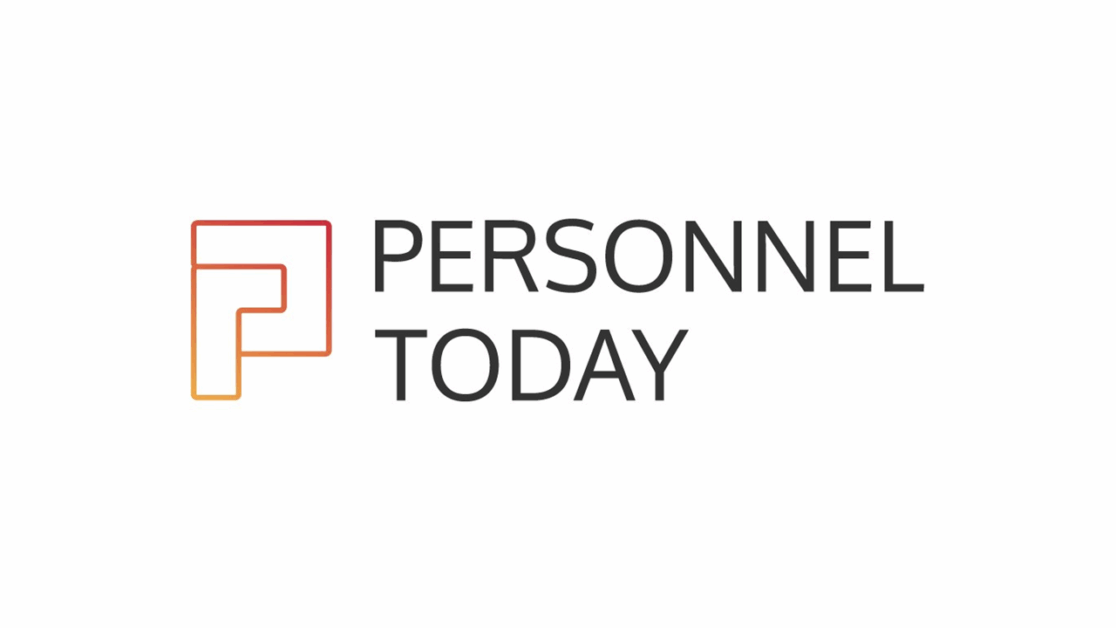Are companies adequately equipped to address the evolving needs of employee relations? This year marks the Seventh Annual Employee Relations Benchmark Study – and the findings strongly emphasize the importance of employee relations in leadership.
In today’s workplace, employees face a myriad of challenges, ranging from mental health issues to the need for transparency. They rely on their leaders to navigate these sensitive situations and provide guidance. Fortunately, employee relations has finally emerged as an established business function, underscoring the importance of allocating dedicated budgets, specialized technology and powerful analytics to support strong ER resources.
This year’s study reveals a shift towards more mature ER models, with 42% of organizations now leveraging dedicated employee relations technology to effectively track and address workplace issues. As we explore the findings of this report, we will shed light on the rising prevalence of mental health issues and the need for improved support, as well as the growing expectation of transparency among employees. It is time for companies to critically assess their practices and processes, identify areas for improvement and make strategic investments to enhance employee relations.
Let’s take a closer look at some of the findings from this year’s report.
Mental health issues are rising.
This year, two-thirds of organizations reported an increase in mental health cases. This is a significant statistic that calls for immediate attention from business leaders. But are companies prepared to deal with these issues?
To address mental health in the workplace, companies should look to implement tighter investigative and aftercare processes and regular training for ER professionals. This will ensure employee relations teams provide a high level of care when employees need it most.
Employees expect transparency.
Is it necessary to share aggregated ER information with employees? To put it simply, a lack of clear communication regarding investigation outcomes can create a barrier between employers and their employees. This can also cause employees to believe their concerns and allegations are not taken seriously or lead to a false conclusion regarding how an issue was handled. Transparency is one of the best ways to build trust within your company.
Organizations still have a long way to go to meet this need. While outcomes from workplace issues are being shared more broadly than ever among Fortune 100 organizations, overall, data sharing remains low. This is important to address, particularly for younger generations and employees who value transparency. Without transparent communication, it’s hard for employees to know where they stand.
This year, I encourage you to closely examine your existing practices and processes as you dig into the Benchmark Study. Where do you stand? Where do you want to be? Where can you better invest your resources?
It’s time to self-reflect, grow as employee relations leaders and enrich ER functions.
Learn more. Download the Seventh Annual Employee Relations Benchmark Study here.


